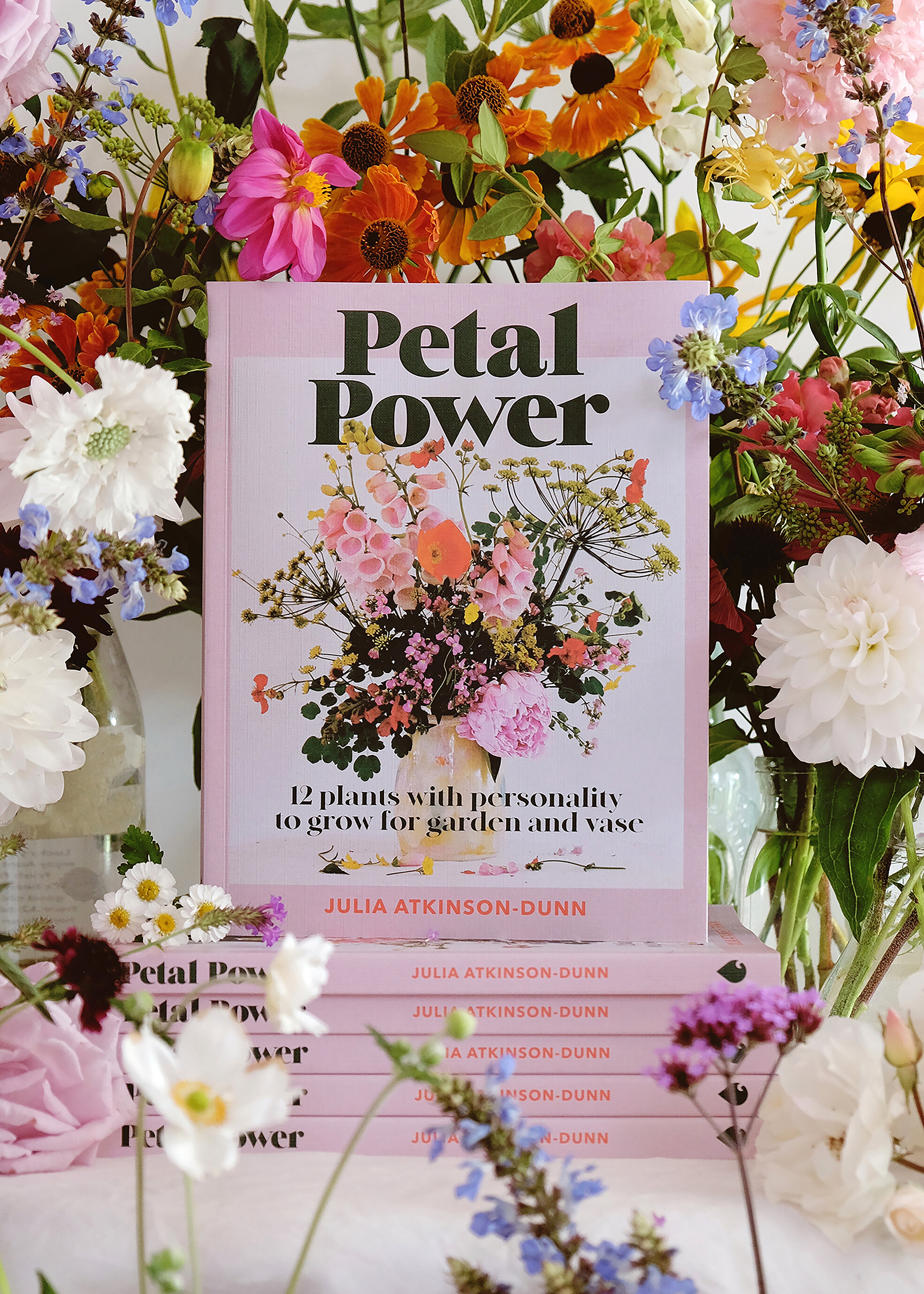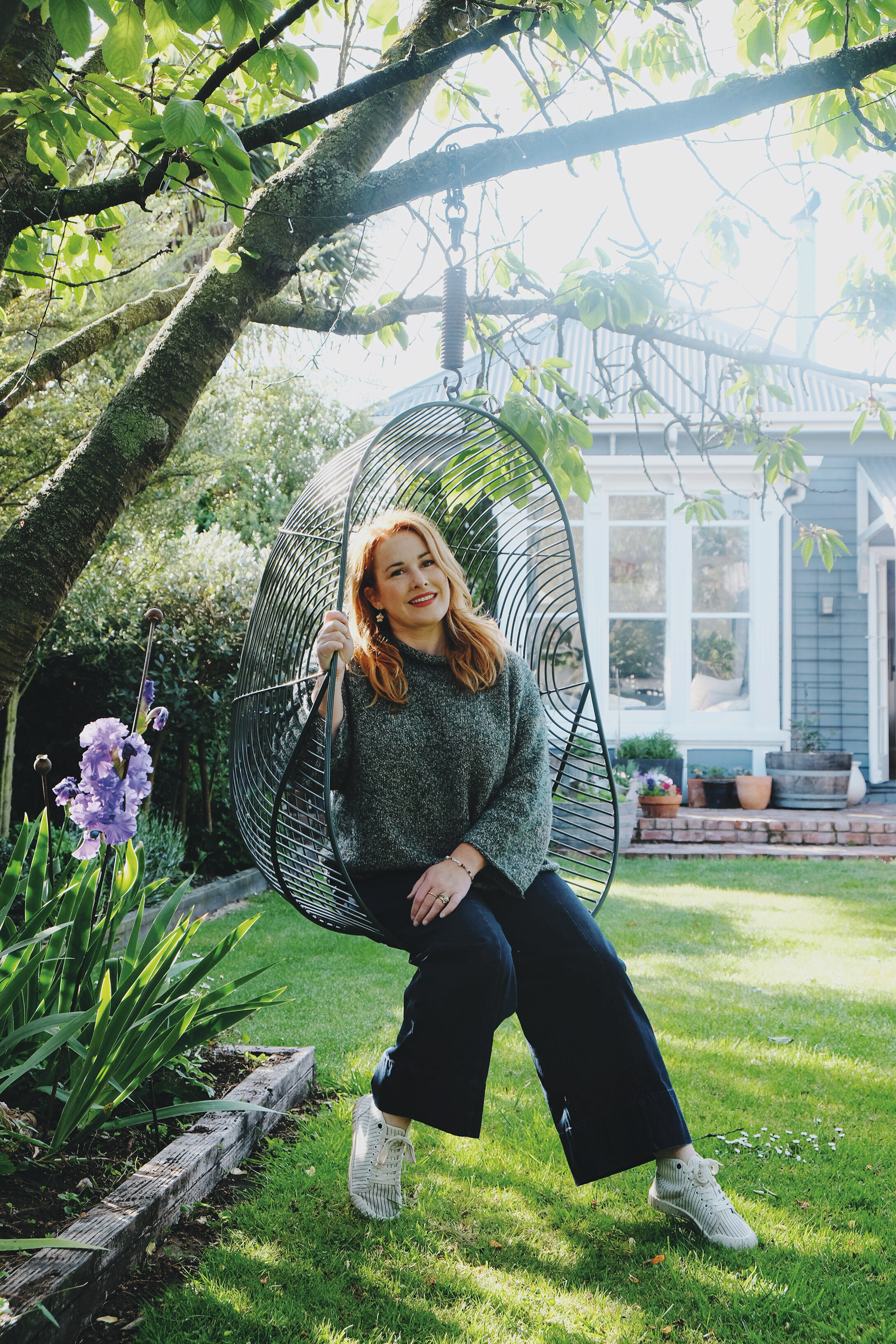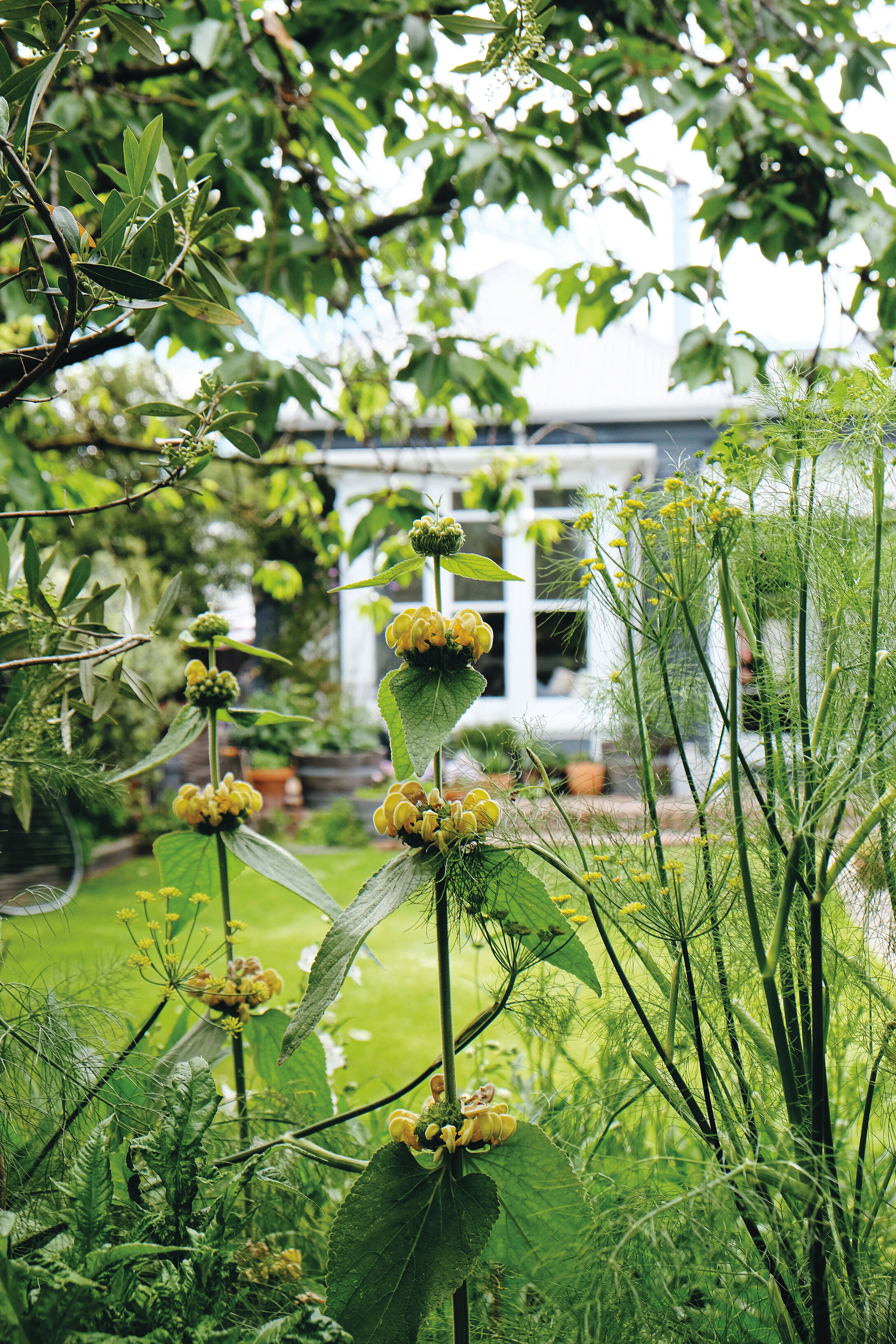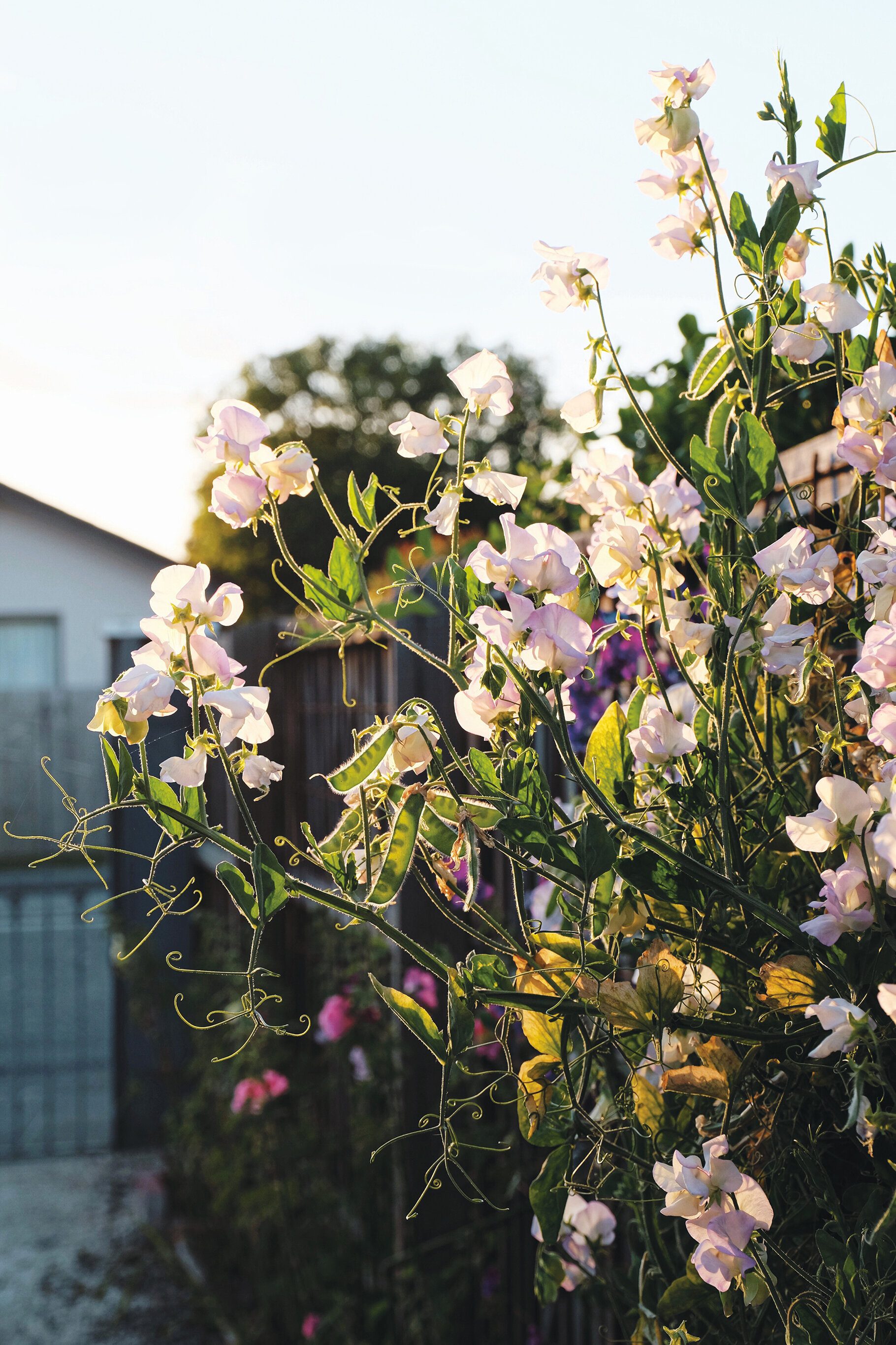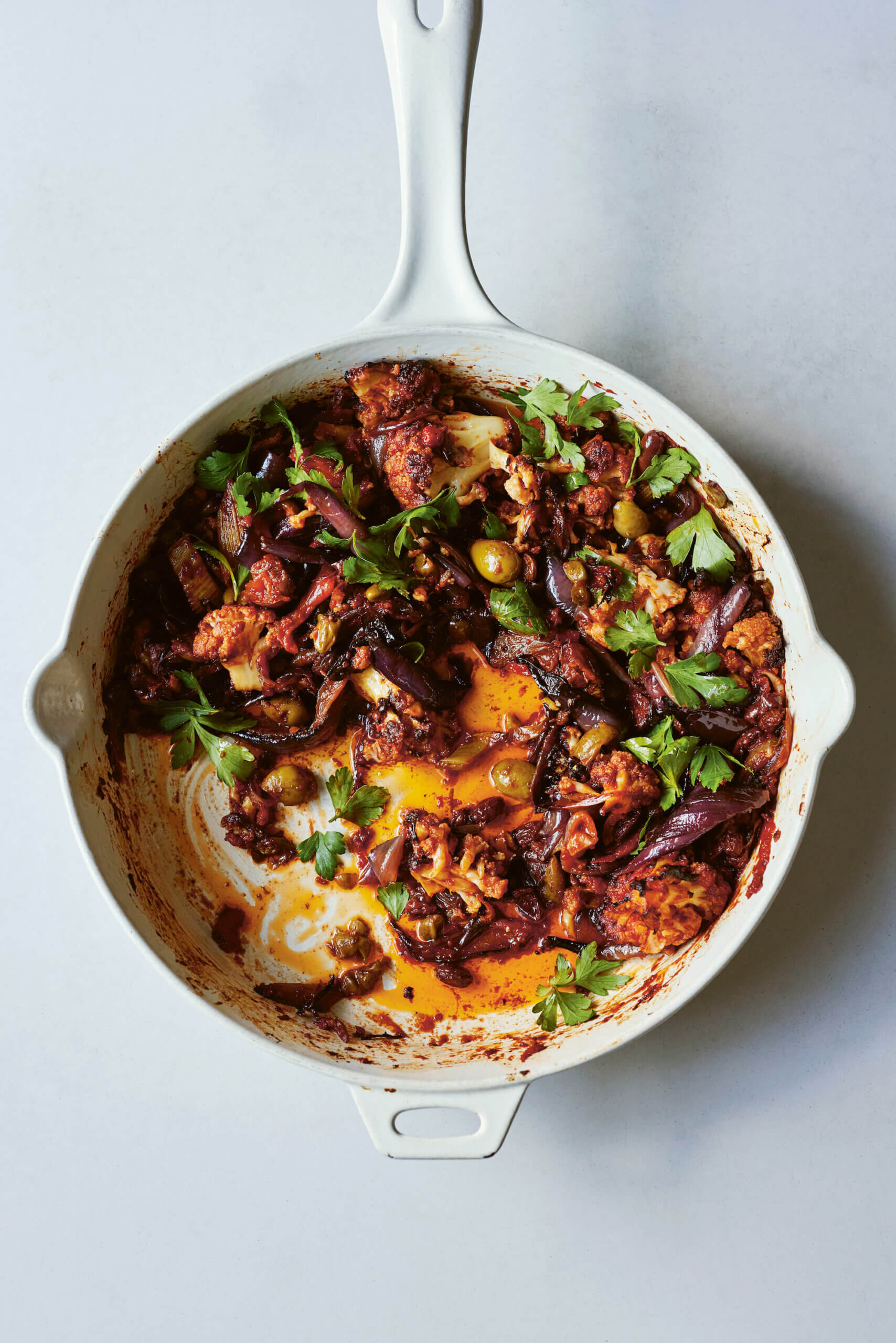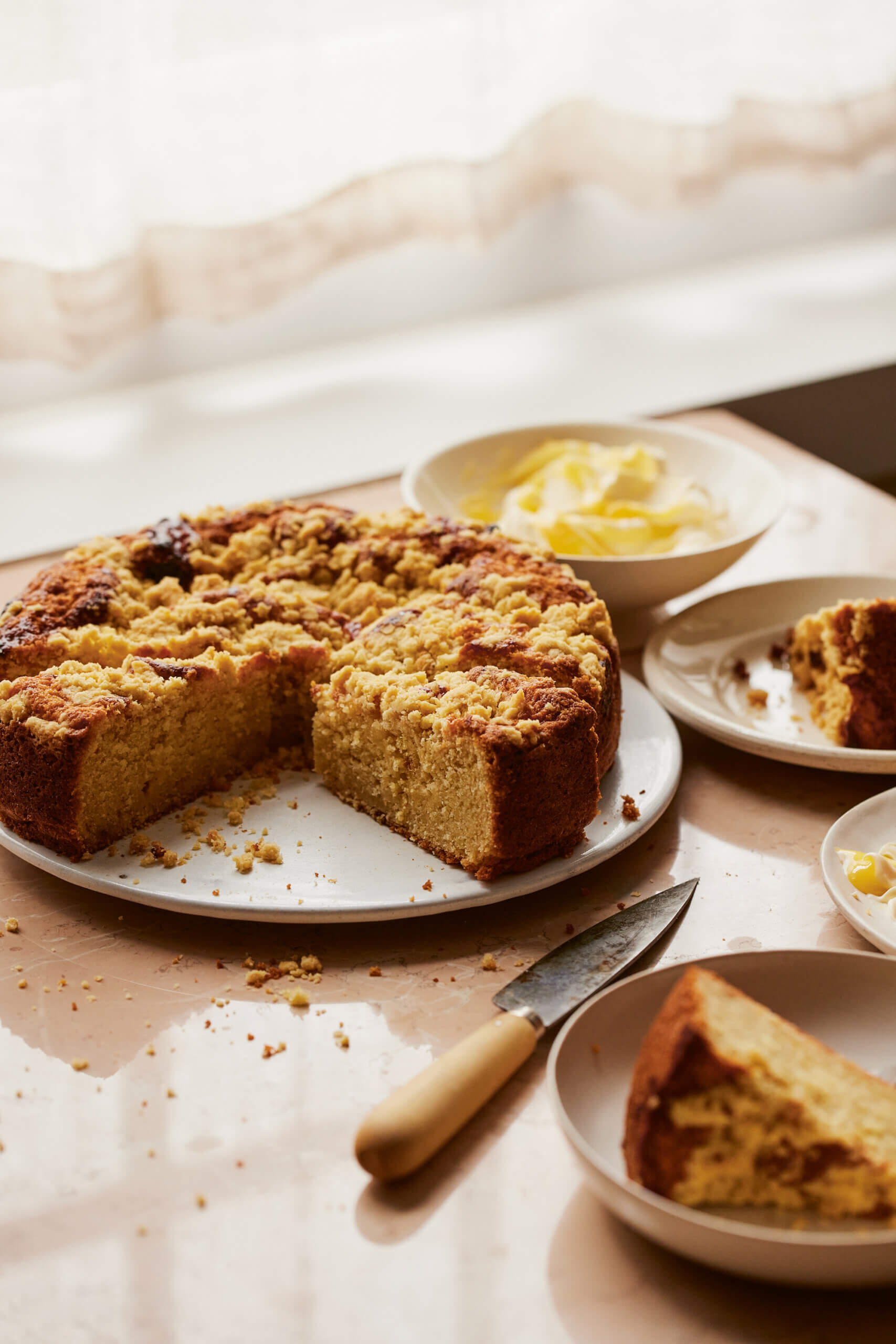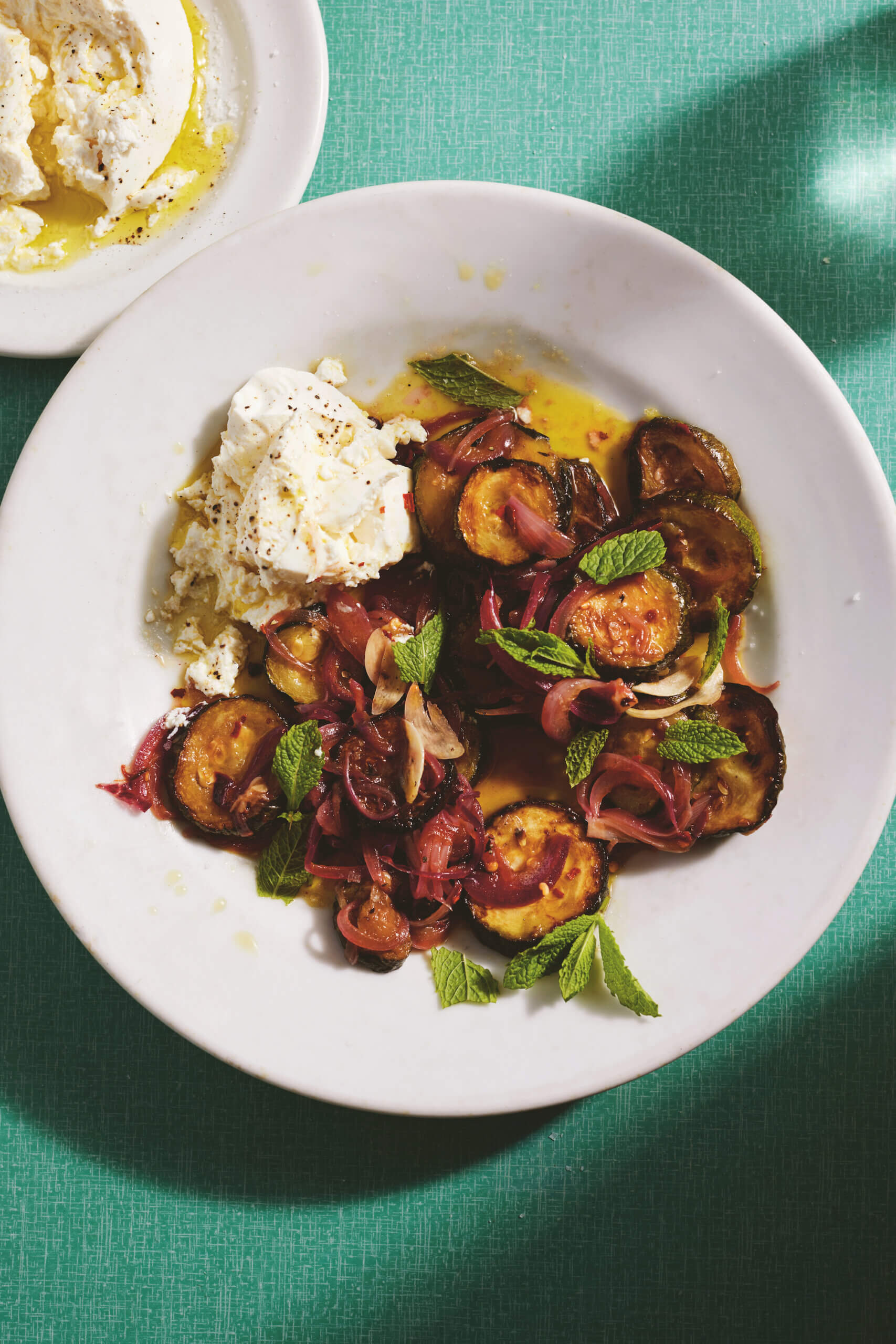The book Petal Power is Julia Atkinson-Dunn’s reflection on her time as a beginner gardener — an invaluable guide on plants and gardening lingo, and offer ideas for homegrown seasonal arrangements.
Below we share an extract from the book, which demystifies plant types and will help you suss out the difference between your perennials and annuals…
— Extracted from Petal Power by Julia Atkinson-Dunn
PLANT TYPES
Having a broad understanding of plant types will unlock your creativity and pathways to further knowledge. The categories below are a way to quickly filter each plant into groups that explain their growing behaviour and how they interact with the seasons. These are the key to deciding what plants you want to invest in and leave space for, and which plants are in fact not dead but simply disappear over winter!
PERENNIALS
Plants that recede down to their roots each year, to regrow, flower and seed again.
FEATURES OF PERENNIALS
They are terrific investments! If you choose to purchase established plants, you can do so with the knowledge that they will deliver year after year AND you will be able to divide and create more plants to spread around your garden as their roots become more established. Even better is being gifted a division from someone else’s garden.
Some will last for years and years (and may also take a few to get going, like peonies). Some may be shorter lived and start to tire after three years or so.
TENDER PERENNIALS
These are perennials that in some cold climates, won’t survive their dormant period. These are often climates that are severely frost prone or under snow all winter. Best advice is to gauge the conditions where you live, and ask your gardening neighbours what they do.
BULBS / CORMS / TUBERS / RHIZOMES
Essentially perennial plants that grow from strange bulbous ‘storage organs’ of differing types.
Some of these are hardy (can handle below freezing temperatures) and some tender (will die if frosted). They multiply each year, so every couple of years it is worth digging them up, post flowering, to gently divide and replant your new stock elsewhere.
I’d advise looking up how to plant each type listed above as I definitely planted my peony tubers upside down and had to dig them up and replant!
SHRUBS
These are perennial plants that are smaller than trees and have woody stems above the ground when dormant.
When they go dormant over winter they can either be evergreen, with leaves all year round like box hedging, camellias and rhododendrons. Or they can be deciduous, where they lose their leaves to reveal their woody stems like hydrangeas.
Shrubs are important for flower gardens as they offer structure all year round, supporting your little landscape with visual interest when your other plants have finished for the year.
ANNUALS
Plants that grow, flower, set seed and die in a single year. Often they are prolific self-seeders and will re-emerge as new plants in the same position.
FEATURES OF ANNUALS
They are celebrated for their abundant colourful blooms, especially in summer, and instant brightening and cheering up of your outside space. I’ve found them to be eager, fast growers when planted in their preferred positions (for example, full sun). Many will flower for months if given good care (water, deadheading) and a position they are happy with.
Many are fantastic for use in hanging planters and pots as well as adding interest to the edges of your garden. You might spot annuals being referred to at garden centres as bedding plants.
HARDY ANNUALS
These are annuals that can be sown directly into the ground where you want them to grow and can tolerate cold and frosts. Often they can be sown in late autumn or early spring. Talk about low maintenance!
HALF-HARDY ANNUALS
Plants that need some more nurturing by planting in seedling containers and in shelter away from frost before transplanting into their garden position once well established.
BIENNIALS
Unlike annuals, biennials complete their life cycle over two years. From germination of their seed they establish their roots, stems and leaves in the first year, with the second season being their flowering, setting of seed then dying.
Once you get them in a self-seeding cycle they’ll be there every year and it will seem as though they are flowering annuals with no cost!
—
WHY IS IT HELPFUL TO UNDERSTAND THESE TERMS?
Once you understand how to identify each plant you love as existing in one of these categories, you suddenly are able to plan your garden, understanding your investment in plants and what will return each year.
This is also really helpful if you have inherited a garden. Wait a full year to see what pops up over the seasons to understand what you are working with and where plants are hiding.
Words & photos — Julia Atkinson-Dunn, Studio Home
SINCE PUBLISHING ‘PETAL POWER’, JULIA HAS PUBLISHED ANOTHER BOOK CALLED ‘FLOWERS FOR FRIENDS’.
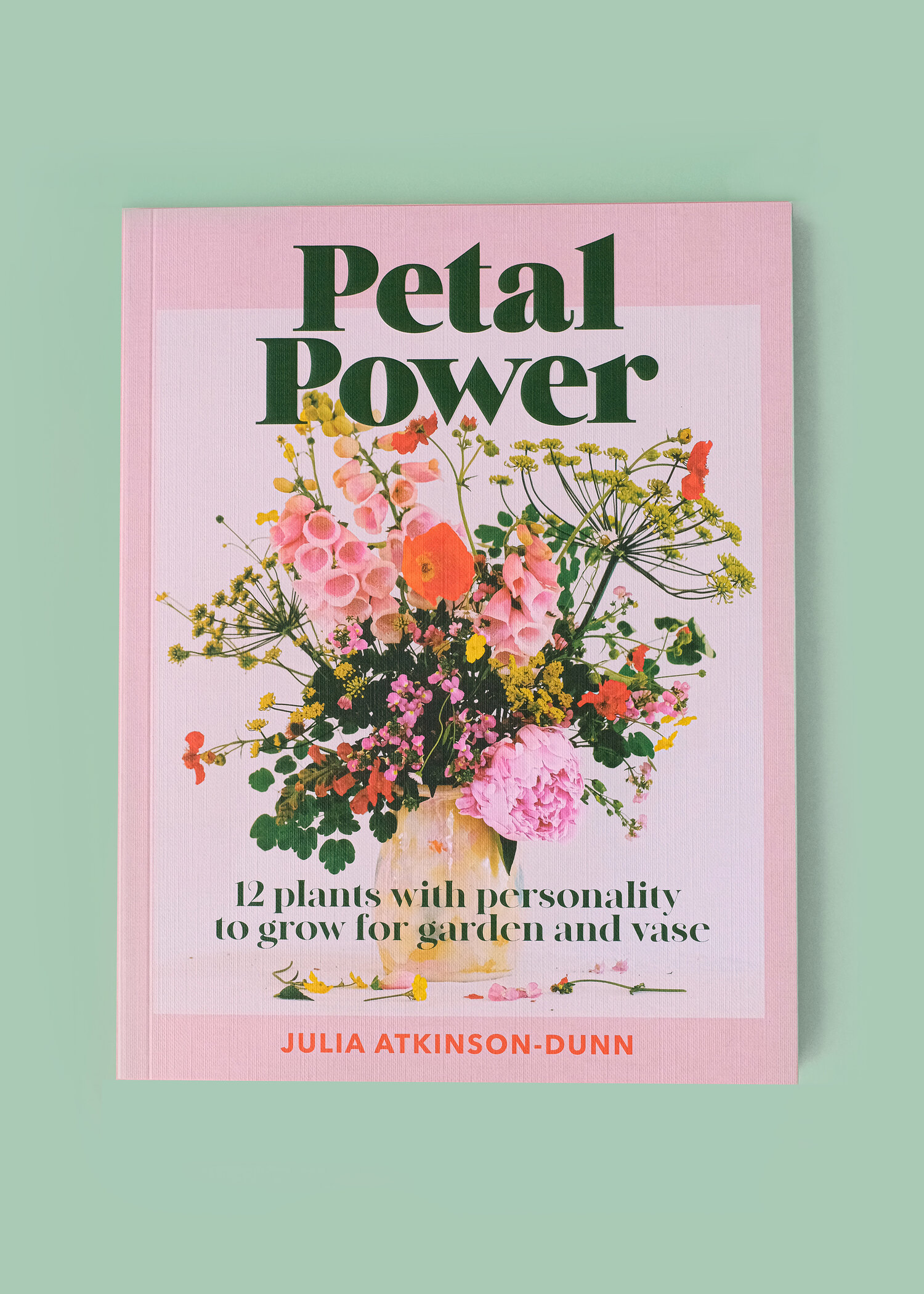
Extracted from Petal Power by Julia Atkinson-Dunn
(Published by Koa Press Limited, RRP $44.95, koapress.co.nz)
Buy Now

